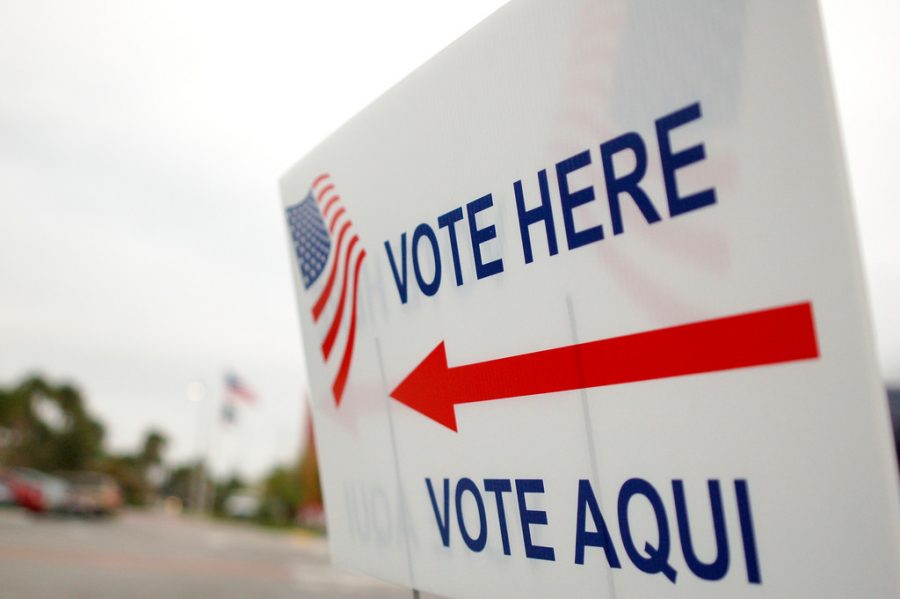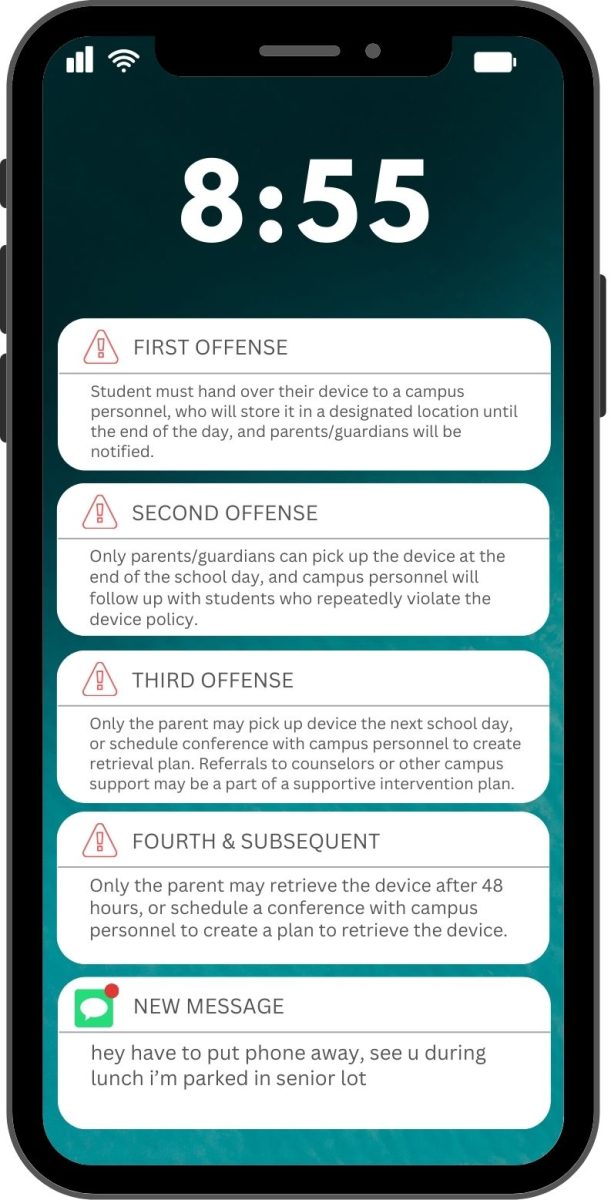Created using Visme. An easy-to-use Infographic Maker.
On March 6, Texans raced to the polls to cast their ballots in this year’s primary election. Since the 2016 presidential election, several Texas Democrats have started grassroots campaigns designed to target voters who felt disillusioned with both the local and national government’s rhetoric and policy. Texas has always been known as a deeply red state, but in recent years it has increasingly become closer to purple with the resurgence of a movement to flip the Texas legislature blue.
In an area like Travis County, this idea seems plausible, but with the way the lines for congressional districts are drawn, larger Texas cities, where more Democrats turn out to vote, are divided in order to split the vote. This phenomenon is known as gerrymandering, where local governments draw district lines in order to maintain party majority.
District lines were drawn in 2010 when the United States census allowed for Texas to gain four more seats in the U.S. House. It was up to the Texas legislature to redraw these lines, making it possible for Republicans in Congress to divide more liberal areas of Texas, making sure that the votes of Democrats in those areas would have less of an impact. There are clear examples of gerrymandering throughout the United States, orchestrated by both parties, but the Austin area in particular is known to be one of the most gerrymandered cities in the country.
Government teacher Erin Summerville is familiar with the use of gerrymandering in redistricting.
“I think what’s tricky is your goal when you draw a district is to make it a cohesive one,” Summerville said. “You want to keep a community together so they could elect a representative that represents the community. In gerrymandering, your strategy would be cracking and packing. You crack up a group, like Austin’s been cracked up and then packing them all into one area.”
There are six Congressional districts dividing Austin; only one is represented by a Democrat.
“Lloyd Doggett is the one Democrat; his district hugs the 35 corridor from Austin to San Antonio,” Summerville said. “All the other ones go out to the suburbs of Houston, Dallas and then out west, too.”
Austin is not the only major city gerrymandered in Texas.
“In the Houston area in 2003, there were issues over gerrymandering there,” Summerville said. “It was not brought to the Supreme Court as a partisan issue but as a disenfranchisement issue. If you looked at the Houston area at that time, it looked as though the black vote was eliminated through gerrymandering. The Supreme Court took it up at the time, because the Voting Rights Act protects people from being essentially disenfranchised, so it was a way to tackle gerrymandering so long as it wasn’t partisan.”
While gerrymandering doesn’t necessarily impact the primaries, where Texans register to vote between candidates within a specific party, it greatly impacts the results of the general elections in November.
Democratic party voter turnout skyrocketed this year in early voting for the primaries, especially in Travis County, where 56,000 people voted before election day. This can be compared to 2014, where only 20,389 constituents voted early. Included in this statistic was a large amount of young voters. At McCallum, seniors waited in line to cast their ballots. Among these seniors was Ruby Dietz, who worked earlier in the year at a table during lunch to help register students eligible to vote in the primaries.
“I’ve been excited to vote ever since I turned 18,” Dietz said. “What made me feel accomplished was the amount of time that I spent researching the candidates.”
In total, 111 Democrats ran in the primaries, with at least one Democrat running for each of the 36 House districts.
“This is the first election that I’ve been able to actually participate in, because not only am I legally allowed and registered to vote, but I’m also really interested in the outcome,” Dietz said. “You should vote, but you should also at least try to educate yourself in some of the issues.”
One of the most politicized local elections was the race for Texas Agriculture Commissioner between incumbent Sid Miller and Austin attorney Trey Blocker. Miller, known for his strong conservative viewpoints and relationship with the president dating back to Trump’s early campaign, won the primary with roughly 1.5 million votes. Miller has been thrown into the national spotlight in recent years due to his proximity to Trump during the latter’s presidential campaign and was on the shortlist to be named Trump’s Secretary of Agriculture. Trump himself tweeted about Miller’s primary campaign, calling him “Trump’s Man in Texas,” a title Miller holds in high regard.
“I was Tea Party before there was a Tea Party, so I’ve always been to the right, ultra-conservative,” Miller said in an interview with The Shield. “With the vote we got [on March 6], we garnered moderates and conservatives and Republicans all across the spectrum. I just ran on my record and said the things we’ve done here at the TDA [Texas Department of Agriculture] and put it out there and let the voters decide.”
One of the main controversies of Miller’s time in office was an accusation of mishandling of taxpayer dollars to pay for a trip to Oklahoma City where he was administered a “Jesus Shot”, which supposedly cures the recipient of all illness. Miller has rebutted this by pointing to other records of financial practices during his time in office.
“We run a real tight fiscal ship,” Miller said. “When I got there, we were $18 million in the red. We got that fixed in eight months, and now, because the efficiencies we’ve gained from the changes we made at the agency, we’re gonna be able to rebate and even possibly lower some of the fees.”
Even though gerrymandering is rampant throughout Texas, voters of all backgrounds, especially young voters, are turning out to the polls in high numbers.
“I think that it’s a right that not a lot of people take advantage of as often as they could, and people in the 18 to 24 range generally have the lowest voter turnout of any age group,” Dietz said. “Imagine how much we could accomplish if some of us just took the time and went to the polls.”









Mia Terminella • Mar 29, 2018 at 11:53 am
This article really makes you think about how much time/effort could change Americas history. It made me think about this topic in a different way.